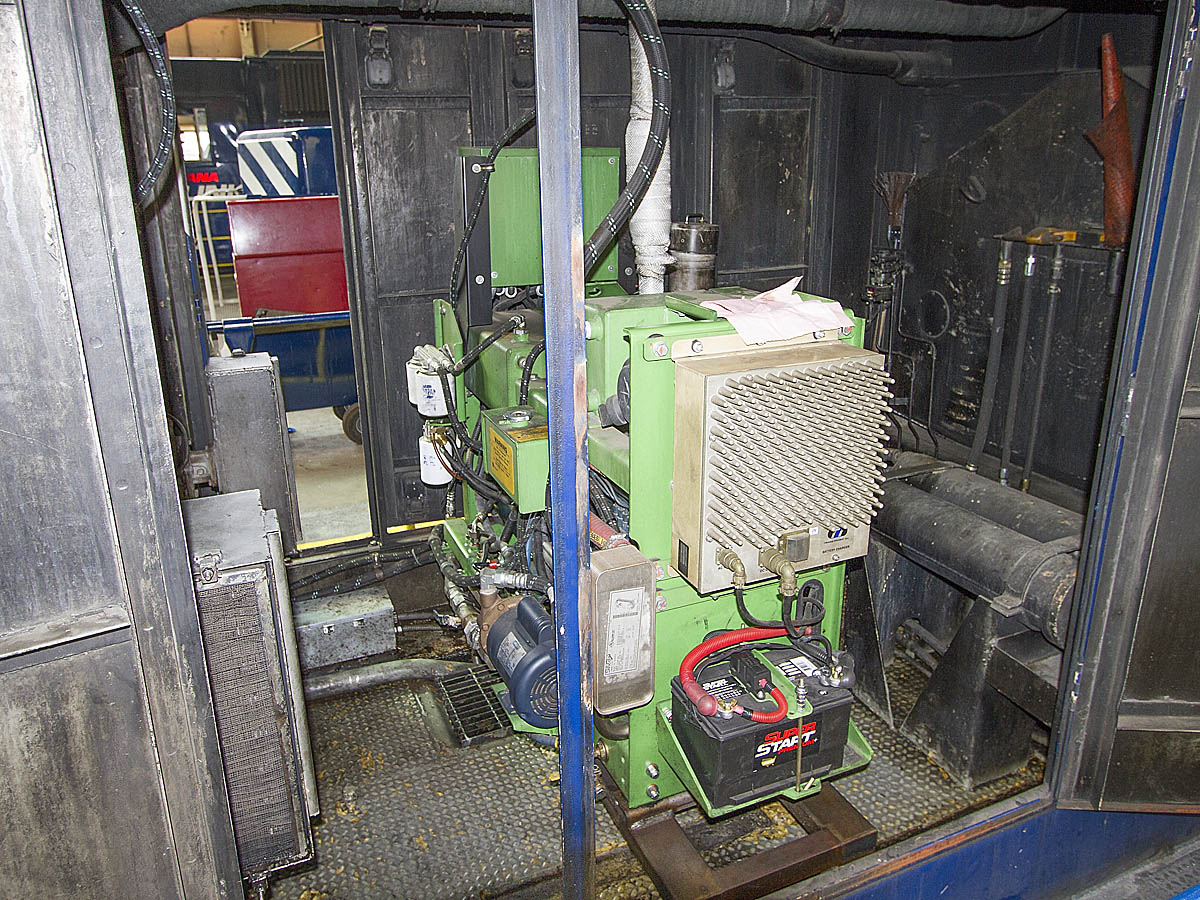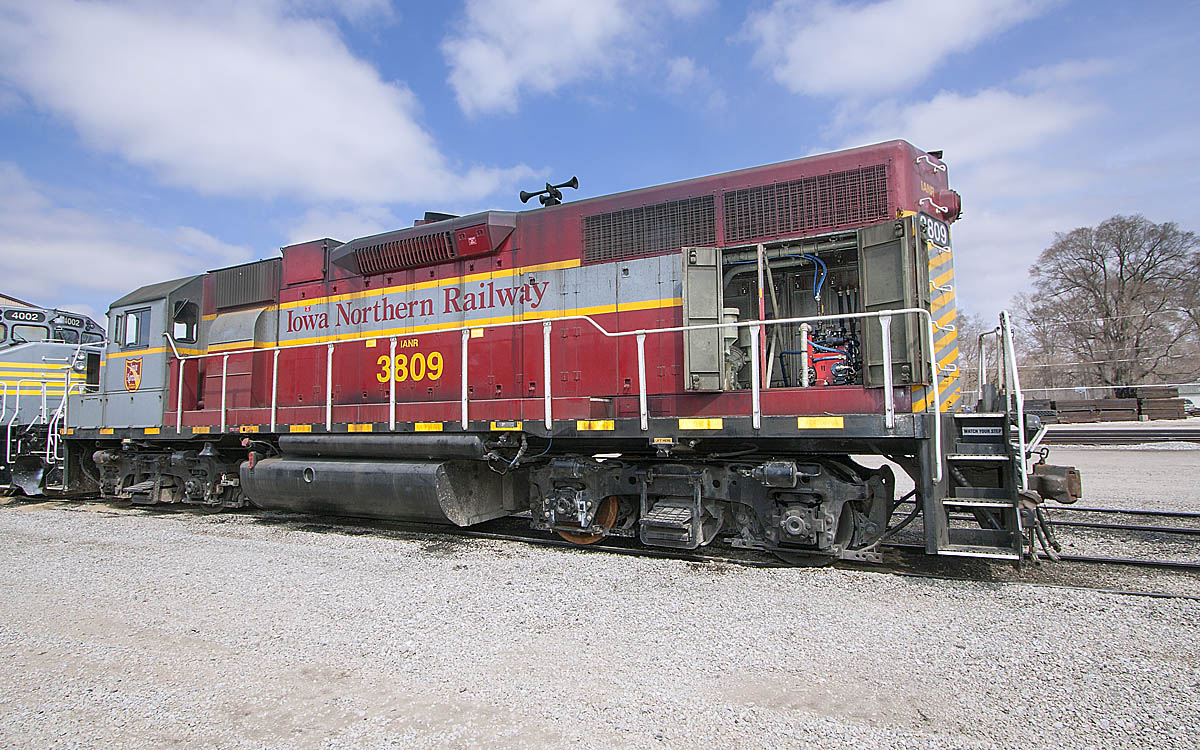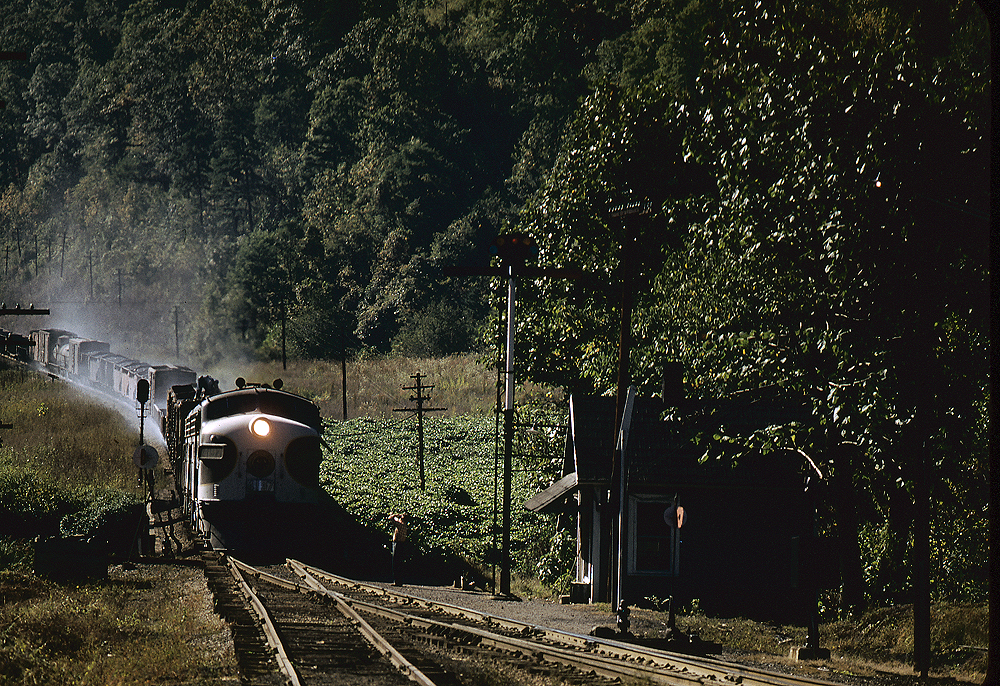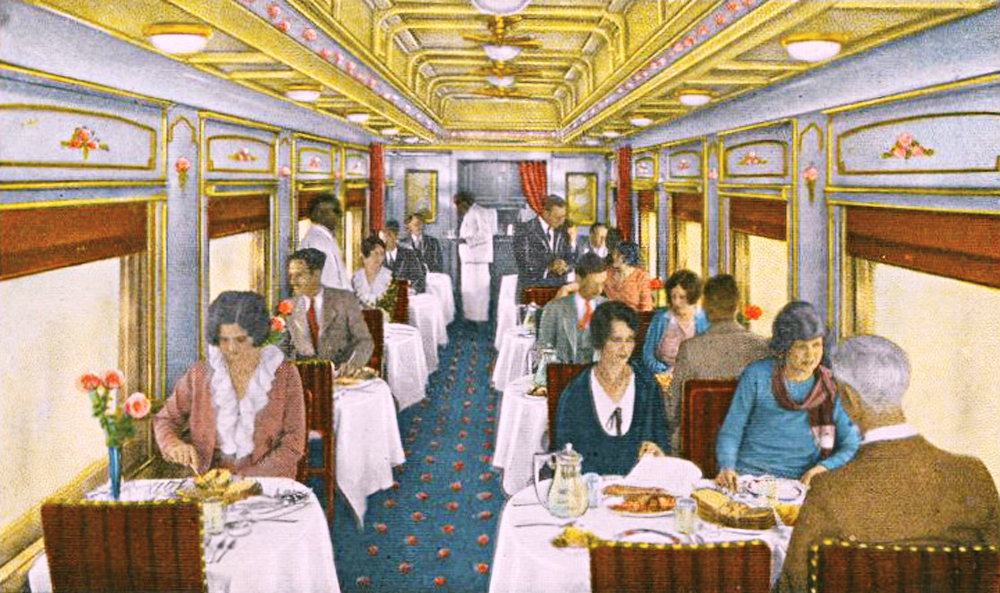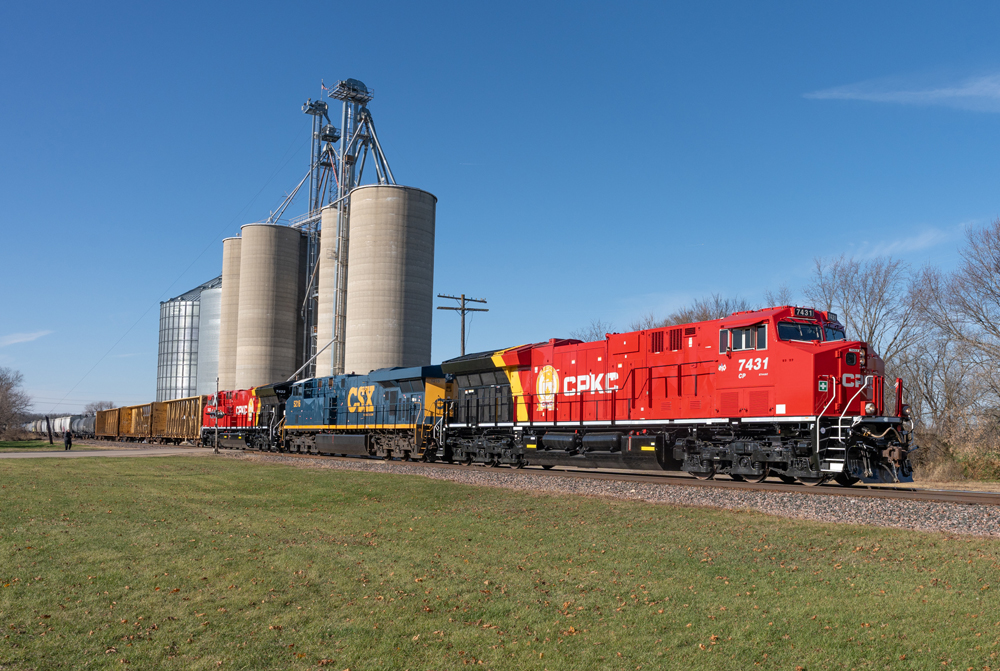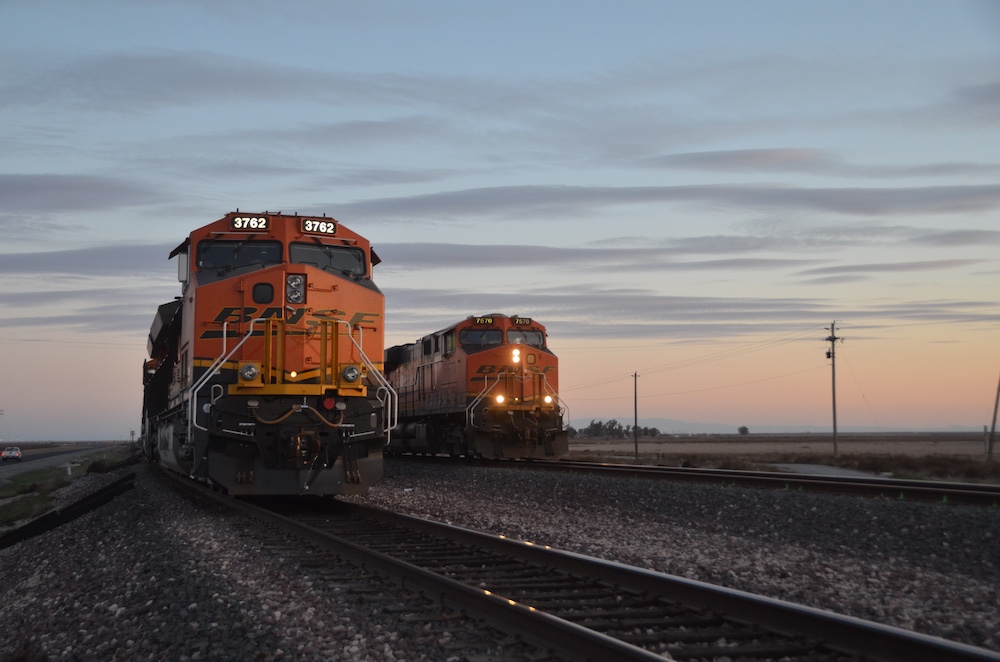Locomotives idle to be ready for immediate use, to keep fluids warm in cold weather, to maintain brake pipe pressure, and to provide crew comfort in heating and air conditioning the cab. These justifications come with a price, the biggest of which is fuel – an idling locomotive can burn upward to 3-5 gallons an hour. An idling engine also means decreased lube oil life and increased engine wear.
Engines assigned to road service can sit idle for 40-50 percent of the time while the idling time for a locomotive in switching service can soar to 60-75 percent. Emissions awareness and cost savings have changed the mind-set of the rail industry in recent decades on idling locomotives.
The easiest option is to have the locomotive monitor various systems and shut down its prime mover when necessary, known colloquially as automatic engine start stop, or AESS. Locomotive builders have incorporated this into their new locomotives for more than a decade. This system works well, but has limited benefits in locations such as cold climates where the unit would have little or no ability to shut down due to the outside ambient temperature during the winter months.
Enter the auxiliary power unit, also known as APU, which can provide the necessary heat and electricity to maintain a locomotive’s primary systems while the prime mover is shut down.
An auxiliary power unit can be self-contained, drawing fuel from the locomotive’s fuel tank to power itself or electrically driven if plugged into an external power source. Depending on an auxiliary power unit’s size and options, it can maintain basic functions such as heating coolant and oil, charging batteries, and running a small air compressor. It can also provide power to run an air conditioning or heating system in the cab. Other options such as remote monitoring via a computer or smart phone and the ability to tie into a locomotive’s automatic engine start stop system further enhance the attractiveness of an auxiliary power unit.
Several auxiliary power unit manufacturers are in the North American market today such as Hotstart, Power Drives Inc., PowerRail, A.S.T., and IMPCO Ecotrans.
The types of systems offered vary slightly by manufacturer. For example, Hotstart uses an engine/generator combination to provide power to electrical heating elements for warming fluids and providing battery charging while companies such as Power Drives use a fuel-fired heater for fluids and generator set for electrical needs.
CSX was the only Class I railroad in North America to implement a large-scale roll out of auxiliary power units, installing more than 1,500 in four- and six-axle
locomotives. Other Class I railroads have installed auxiliary power units, but in smaller quantities.
Many Class I railroads have used public money to fund installations on locomotives to reduce emissions on engines assigned to certain cities and municipalities across their system. The majority of auxiliary power unit installations are on regional and shortline railroads, where the logistics are more advantageous. Shortline locomotives can sit for days between use or tie up in the same location every day, enabling the auxiliary power unit to potentially pay for itself quicker than it would if it were on board a Class I locomotive.
While the majority of locomotives will never have an auxiliary power unit, the need for such devices to control costs and reduce emissions will certainly remain for the foreseeable future.
This story originally appeared in the July 2014 issue of Trains Magazine.





